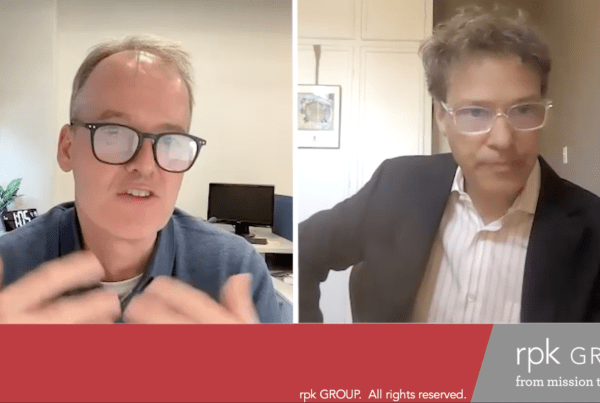Change has arrived in higher education, forced by the trifecta of declining enrollments, long-term reductions in public funding, and questions around the industry’s value proposition. In response, elected officials, governing boards and even some system heads are beginning to assess the financial sustainability of and return-on-investment (ROI) from their public institutions and higher education systems.
The focus on financial sustainability and ROI reflects a new set of questions for higher education:
- What do we mean by ROI and how is it different for students, institutions, and the state?
- How might stakeholders best be engaged around the question of ROI?
- And what’s the roadmap that might lead to long-term sustainability and renewed perceptions of value?
The drivers behind these assessments vary from state to state. Some state systems, like those in Pennsylvania and Vermont, have sought cost savings and explicitly worked towards system consolidation. Others, like Colorado, Kansas, and North Carolina, reflect the desire of governing bodies to better understand their institutions (with a usually unstated but likely goal of informing future action).
All of these efforts are evidence of a heightened need to demonstrate good stewardship of public resources—stewardship that will require a shift to data-informed decision making.
At rpk GROUP, we’ve had the opportunity to support three state higher education agencies in their efforts to assess the financial health, academic portfolios, and student and state ROI of institutions and their offerings. These efforts have presented both technical and political challenges. Best practice in confronting those challenges is emerging, however. Here are the key issues we’ve uncovered, and how we recommend states and systems plan to overcome them.
- Start with the end in mind.
The question most often asked of system and state leaders engaging in a review of higher education institutions is: “Why are you doing this? What action will be taken because of this work?” Leaders should know the answers to those questions, and be clear about what will, and will not, be on the table in terms of impacts to institutions and other stakeholders. If changes to institutions might occur, we recommend taking a transparent and upfront approach.
The intent of the study was clearly stated in only one of the three states where we worked. In that example, the legislature was mandating a system consolidation, which made it easy to consistently point back to the charge. The other two projects were explained to constituents as more exploratory in nature. In those instances, imaginations ran wild and worst-case scenarios were constructed, which ultimately harmed the effort and hindered the ability of the states to take action on the results. Had those two systems initially been clearer about the end goal, greater progress may have been made.
- Be collaborative and transparent.
While these assessment efforts are initiated at a state or system level, participation of institutions and stakeholder groups within and across institutions is essential. Having institutional buy-in or at minimum, validation of the results, will help institutions to establish a foundational level of trust in the actions that emerge from the work.
Transparency is a critical element of collaboration, but it also connects to starting with the end in mind. Being clear about the intended results of assessing institutions with a state or systemwide lens is a practice in transparency, particularly if it’s followed through with action. To put it simply: you tell people what you are going to do, you invite them to participate in the process, and you honor that commitment with action.
- Plan for data challenges.
Even the most well-resourced and sophisticated state data systems struggle with these kinds of assessments. For one, some of the data used will be undergoing validation for the first time. If a metric is new or has never been used in any other kind of reporting or assessment work, it will need to be vetted.
Issues can and do arise throughout the project around data quality, metric definition, and a host of other issues—they are all solvable, but require time, collaboration, and clear communication. It is important to prepare for those roadblocks and to ensure adequate time is given to resolve them. It is equally important to be clear that the data challenges will not be permitted to sideline the entire effort.
The efforts of these leaders point to the need across all states for systemwide assessments of ROI. Fortunately, the best practice that is emerging from these early efforts can inform the work nationally, moving later adopters toward greater success. That success will provide needed transparency and accountability across all of higher education, enabling systems and their institutions to demonstrate good stewardship of public, student and donor resources. The only unknown for system and institutional leadership is whether they will proactively tackle the hard questions around financial sustainability now or wait until other stakeholders require it.


